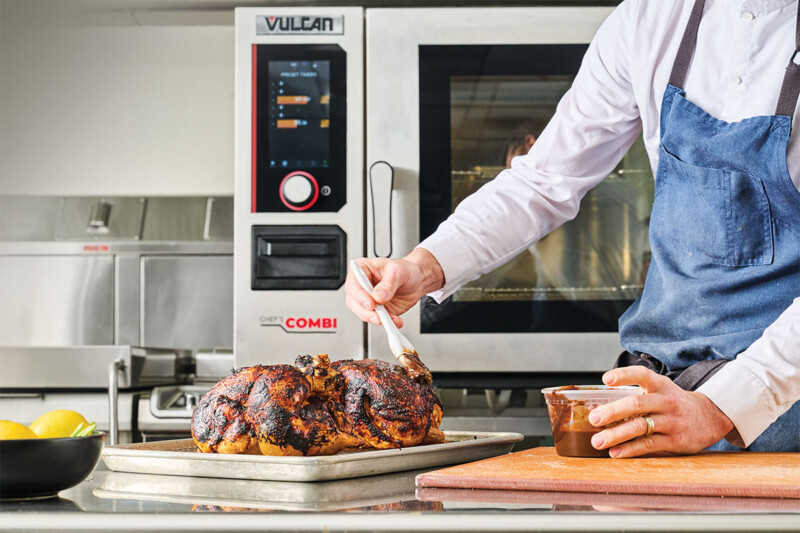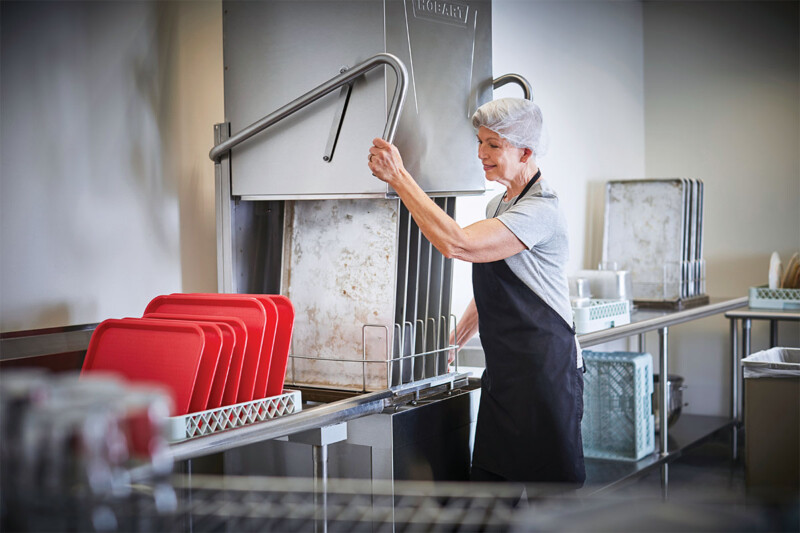Chill Choices: How To Choose a Cuber
Versatile in fit and function, cubers remain a standby as makers target tech and refrigerant adaptations.
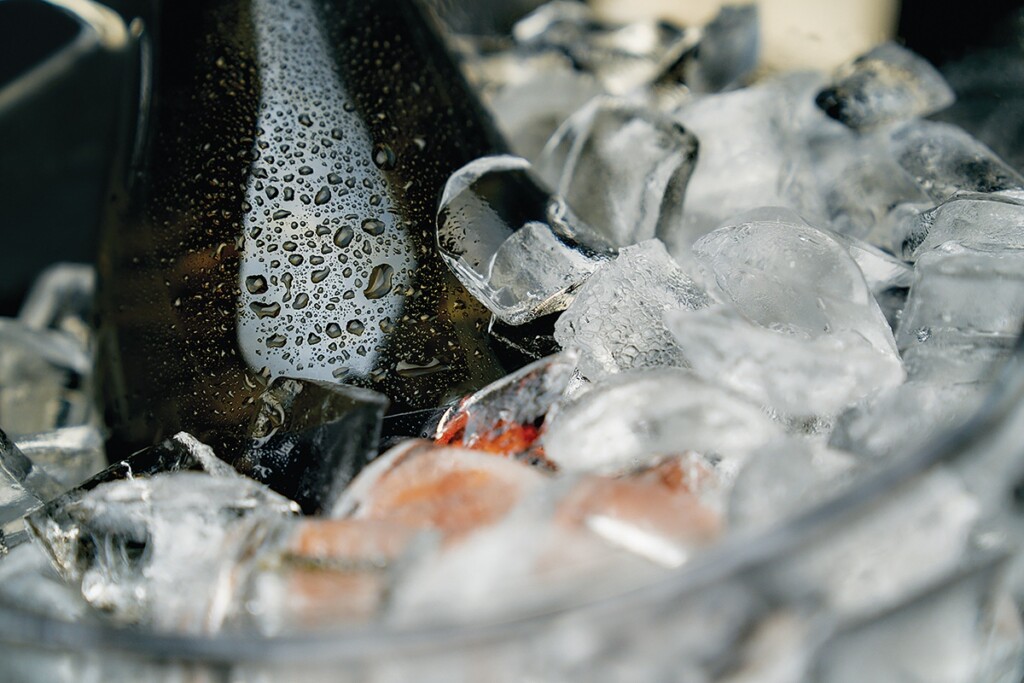
As familiar as they are necessary at many operations, cubers remain plenty cool.
Touted as being ideal for beverage dispenser setups—with less clumping than other ice types—and versatile enough to chill assorted beverages as well as temperature-sensitive sauces and soups, the classic ice has some well-established perks.
Still, cubers have their differences—among them evaporator formats (vertical or horizontal and stainless or nickel-plated, respectively), condensing type (air-cooled, water-cooled and remote), cube shapes and assorted approaches to easier cleaning.
“Cool”ectively, makers are focused on transitioning to more eco-friendly refrigerants, as mandated by Environmental Protection Agency regulations on hydrofluorocarbons that go into effect Jan. 1, 2026. Most operators buying a machine today need not worry about refrigerants (any units sold this year would be grandfathered in), but for those with green goals, more eco-friendly options are here and in development. At least three makers offer models with R-290 refrigerant while another says its first unit featuring the refrigerant is set to hit the market by April.

Beyond beverage uses, consider prep needs for cube ice. Courtesy of Ice-O-Matic.
Pre-Harvest Homework
For those who need a cuber here and now, makers suggest the following:
Frozen math. Choosing the right cuber is a weighty decision, with the proper capacity being paramount to your satisfaction. Makers say operators tend to undersize more often than they oversize, but then again who’s to complain when you never run out of ice? As changed as today’s restaurants may be, makers’ recommendations remain steady: Restaurants should plan for 1½ pounds of ice per customer, with your busiest days of the year as the benchmark. Bars, meanwhile, should double the equation. Don’t forget to account for non-beverage needs for ice, like at prep stations and salad bars—and consider when you need that ice, too. Operators who want plenty of ice at opening may want to tweak machines in their favor. For example, if you put a 1,000-pound machine head on a 500-pound bin, the bin can reliably fill up afterhours, says one maker. Several manufacturers offer online capacity calculators, but those replacing an existing cuber should be able to tell if their current capacity is standing up to demand with some certainty. “If it’s a 10-year-old machine, and say you had 500 pounds production and it’s been keeping up, actually it’s probably making a little less than that,” says one maker. From the get-go, some machines can make less ice, too, depending on conditions. Makers calculate machine capacities for 70°F ambient air with 50°F water as well as 90°F air with 70°F water, with the latter conditions yielding less ice; “there could be a 30-plus difference in percent for those values,” says one maker. If your capacity calculation is unclear, or if you’re on the fence about buying multiple units, let a trusted dealer help; it’s time well spent.
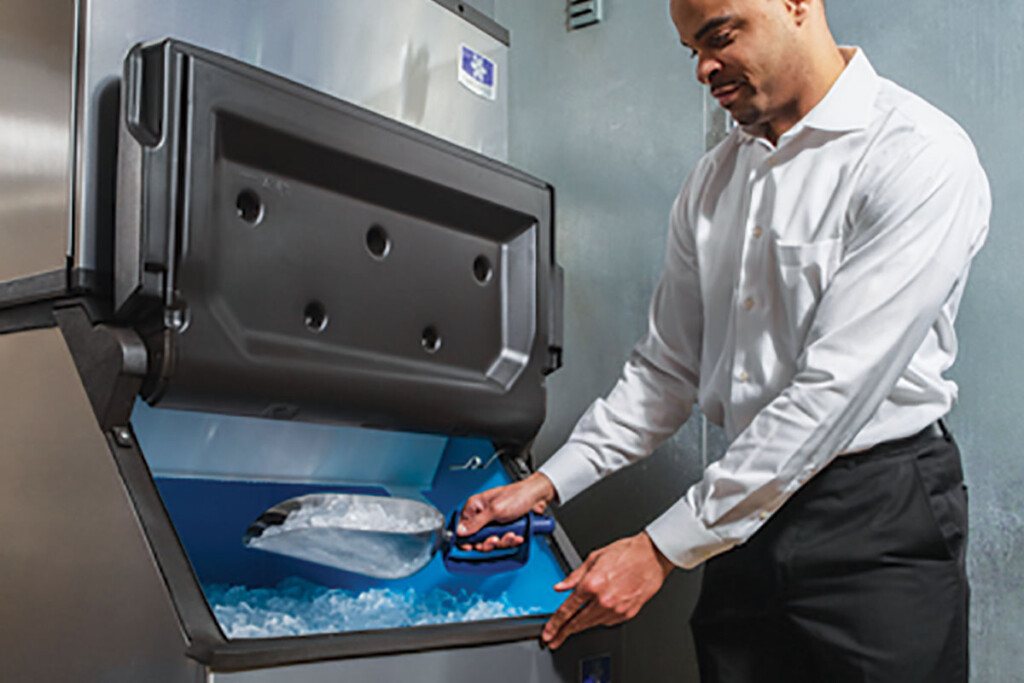
Consider unit location, particularly with air-cooled cubers. Courtesy of Manitowoc.
Your space. Makers say width is the most important measurement, with options starting around 22 inches. Dimension considerations can morph with condensing type. An air-cooled machine (aka a self-contained machine), for example, shouldn’t be tucked in a closet, or it will recirculate hot air, hurting production. Also consider the HVAC impact of an air-cooled machine. “The numbers pale in comparison, in terms of heat, to a stove, but it still needs to be considered because it puts a burden on the HVAC system and that can slow down performance,” explains one maker. For this reason, remote condenser units can be “an excellent solution,” they say, since heat isn’t added to the building. Water-cooled machines also have their place, with a LEED certified building that’s using a chilled water loop being the best of them. In most operations, however, the units waste quite a bit of water. Finally, triple check your electrical specs to ensure you have enough available power.
Cube type. There are generally two different sizes of cubes for most brands: half cube or full cube (aka half dice or full dice). Half cubes are more versatile, says one maker, and displace more liquid than full cubes for potential cost savings on beverage syrups. One maker differentiates itself with its crescent cube—comparable to a half cube in size (and boasting increased liquid displacement), but with a curve on one side and made differently; these cubes drop individually from the maker’s vertical, stainless evaporator. And while most ice machines have just one ice-making surface, this type has two—one on each side of the evaporator, resulting in less electricity use. “Your actual operational costs are lower, because it’s running half the amount of times,” they explain. “That has an impact on wear and tear, so the product life right from the get-go is significantly higher than the traditional grid cell.”
Cool to be Clean
After sizing considerations narrow your search to a point, consider machine cleanliness. Makers recommend cleaning your machine every six months, or more often in a yeast-heavy location.
Several makers pride themselves on making cleaning easier and simpler for operators and/or servicers, with assorted approaches. One maker touts its 14-step cleaning process as being less labor-intensive than competitors’ processes.
Some cubers also feature front-facing evaporators and components (the latter of which might go in a dishwasher), offering quicker and easier access than models that open on the side or top.
Also look for easy-to-clean air filters, with one maker’s units offering toolless access, to keep units running efficiently and meeting production requirements.
Finally, one maker reminds operators to add a water filtration system, which will improve cleanliness, reduce scale buildup and boost the quality of ice.
Parting Words
Makers urge operators to consider brand reputation as well as the actual lifetime costs to run a machine vs. just upfront costs. While some cheaper import brands gained business amid international supply chain delays, makers we spoke with say those struggles are behind them. Plus, they say, those lesser-known companies likely won’t offer the same quality of after-sales perks, such as expert-staffed 24/7 manufacturer hotlines, parts availability and service networks.
At the end of the day, neither ice machines nor ice are meant to last forever, but a well-thought-out purchase sure can up the quality of both.
Technically Speaking
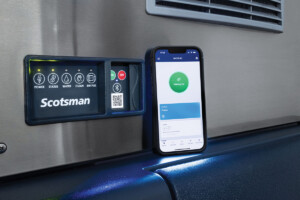
“Reducing downtime is the No. 1 thing with ice machines, and operators really want to set it and forget it,” one maker says. “The sky is falling when it stops making ice, because every table in every restaurant is going to have a glass with ice.” One way to potentially circumvent or shorten that worst-case scenario is by accessing select makers’ mobile apps, two of which were introduced within the past three years. Both offer free, Bluetooth-enabled access to live machine performance, and one of the two makers also has on-unit indicator lights that can signal an issue for which the app can further diagnose. The apps also aid in troubleshooting, helping operators communicate issues with technicians. Additionally, these apps offer data on cleaning history—an important area of oversight for all ice machines—whereas at least one app-free maker lets users access that all-important log via touch screen. Yet another manufacturer offers a remote monitoring accessory that provides similar, real-time data via email or text, plus an ice-production scheduling feature that lets operators reduce water and energy use.
Crunching Numbers
Evaluate dimensions, capacities and add-on options across seven makers’ cubers.
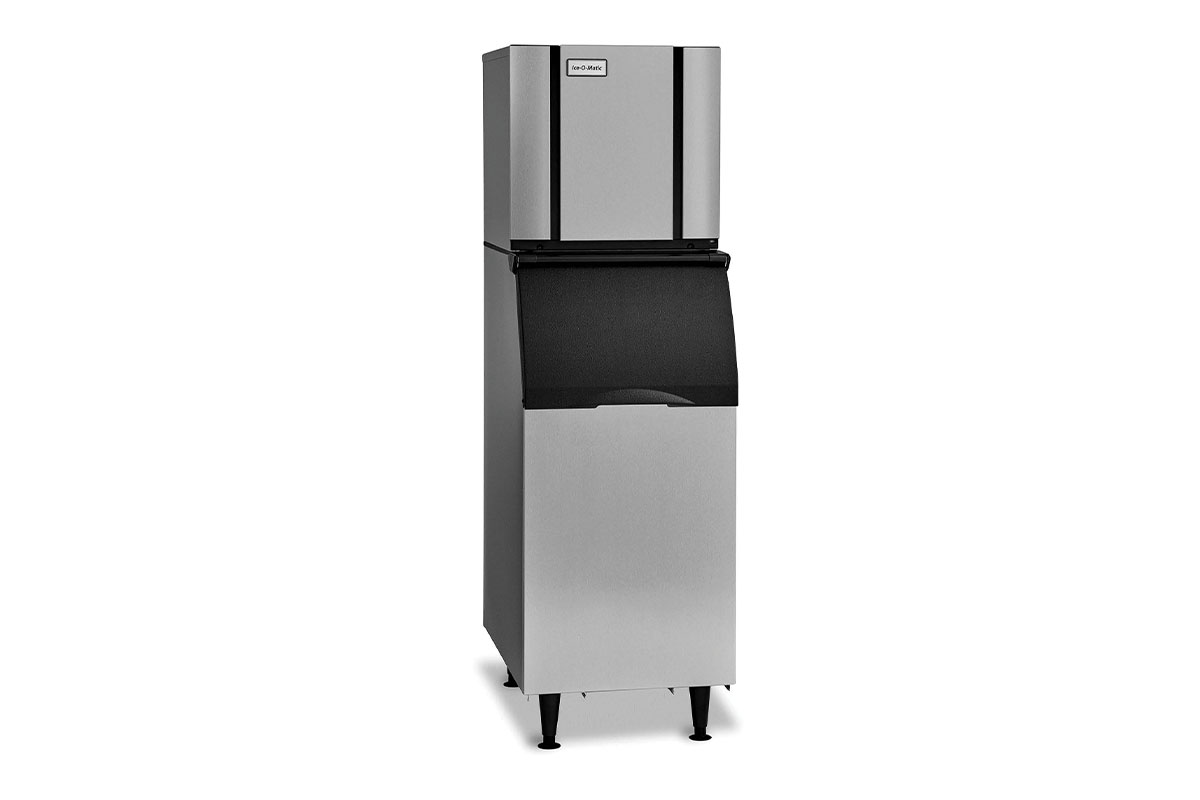
Ice-O-Matic
Model: Elevation Series CIM1126HA
Dimensions: 221/4-in.W x 241/4-in.D x 269/10-in.H
Details: Harvest up to 932 lb. of half cubes per day with this air-cooled, slim-fit unit. An indicator light takes the guesswork out of cleaning, while a front-facing evaporator and select dishwasher-safe components add ease to the process. For added intel on cleaning, harvest rate, machine troubleshooting and more, download the maker’s free app.
Website: iceomatic.com
Editor’s note: Capacities assume 70°F air and 50°F water.
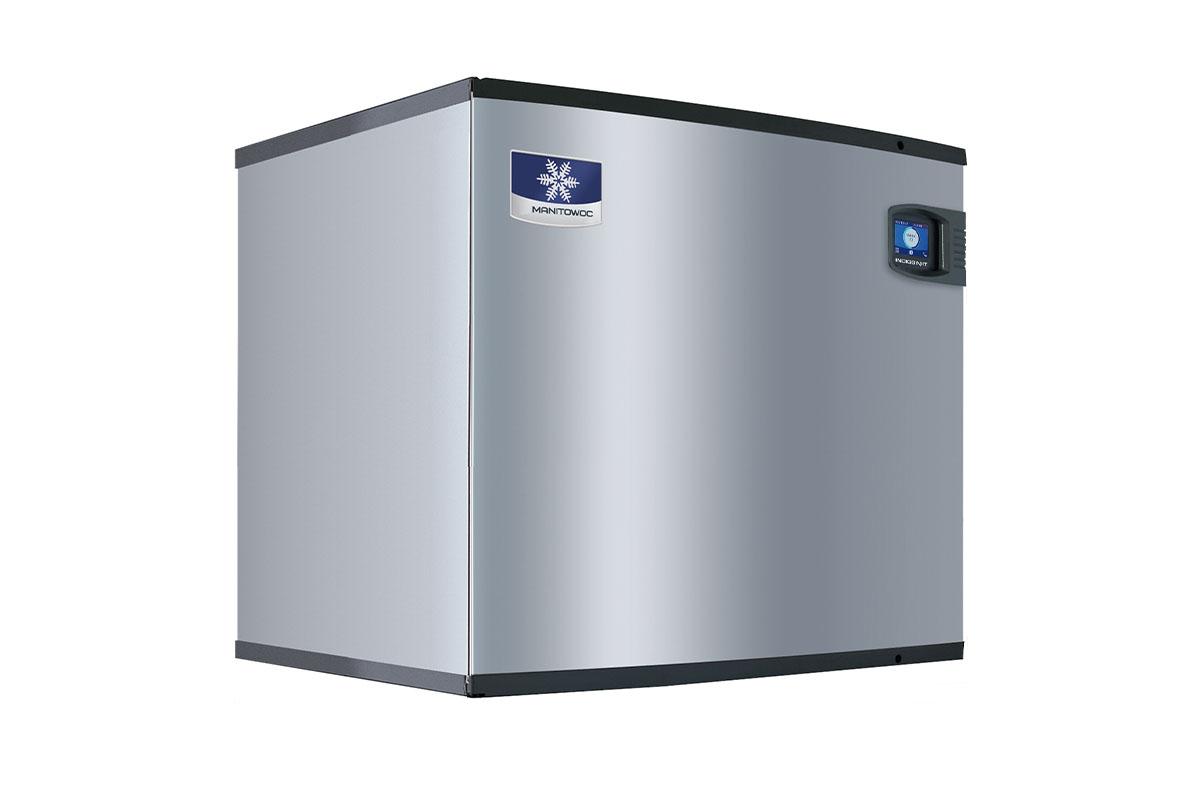
Manitowoc
Model: QuietQube Series IT1430C
Dimensions: 30-in.W x 241/2-in.D x 25-in.H
Details: This unit features quiet, remote operation. Choose from full cube and half cube models with respective yields of 1,320 lb. or 1,437 lb. of daily ice, and program ice production to take advantage of off-peak electrical rates. Easily access a front-facing evaporator, check cleaning logs on a touch screen and clean the unit in 14 steps.
Website: manitowocice.com
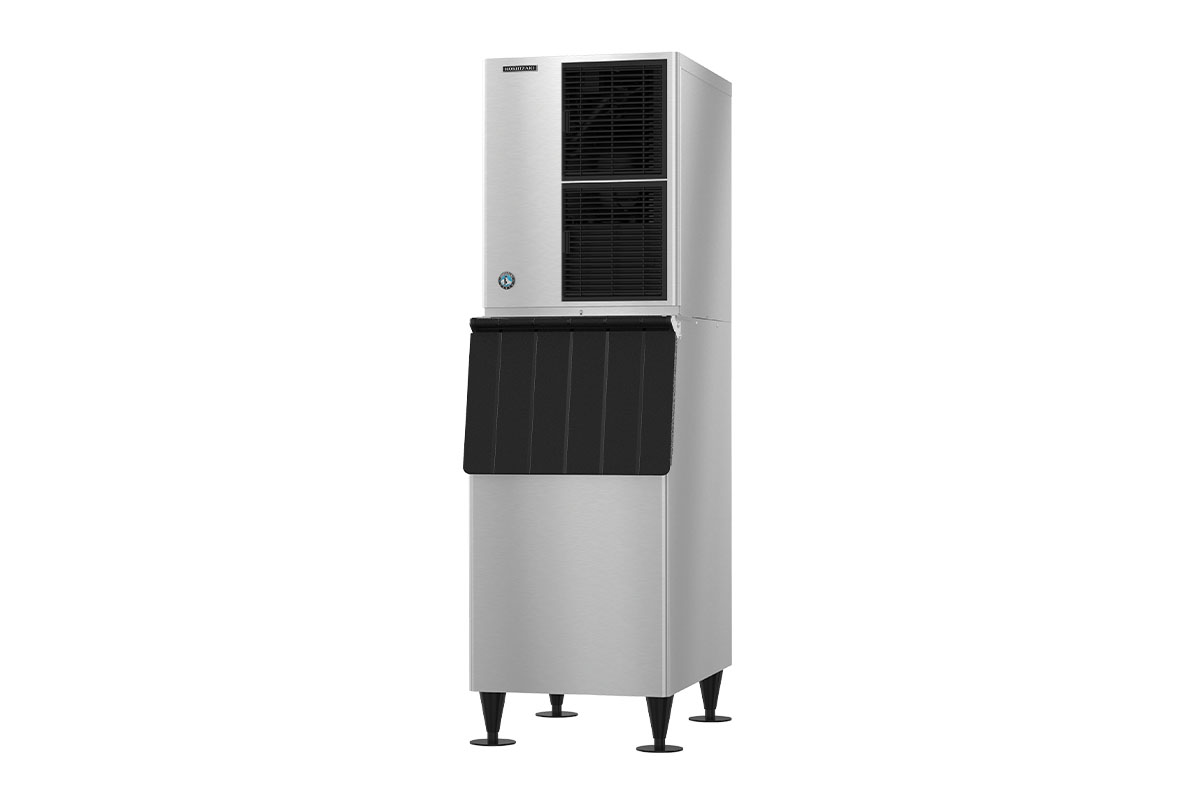
Hoshizaki
Model: KM-520MAJ
Dimensions: 22-in.W x 273/8-in.D x 28-in.H
Details: A double-sided, stainless evaporator forms individual crescent cubes which melt slower than grid ice, the maker says. The air-cooled machine, which is Energy Star-rated, produces up to 556 lb. of ice a day and adjusts via self-diagnostic programming. Easily reach removable air filters and consider adding Hoshizaki’s remote monitoring device for more insight and control.
Website: hoshizakiamerica.com
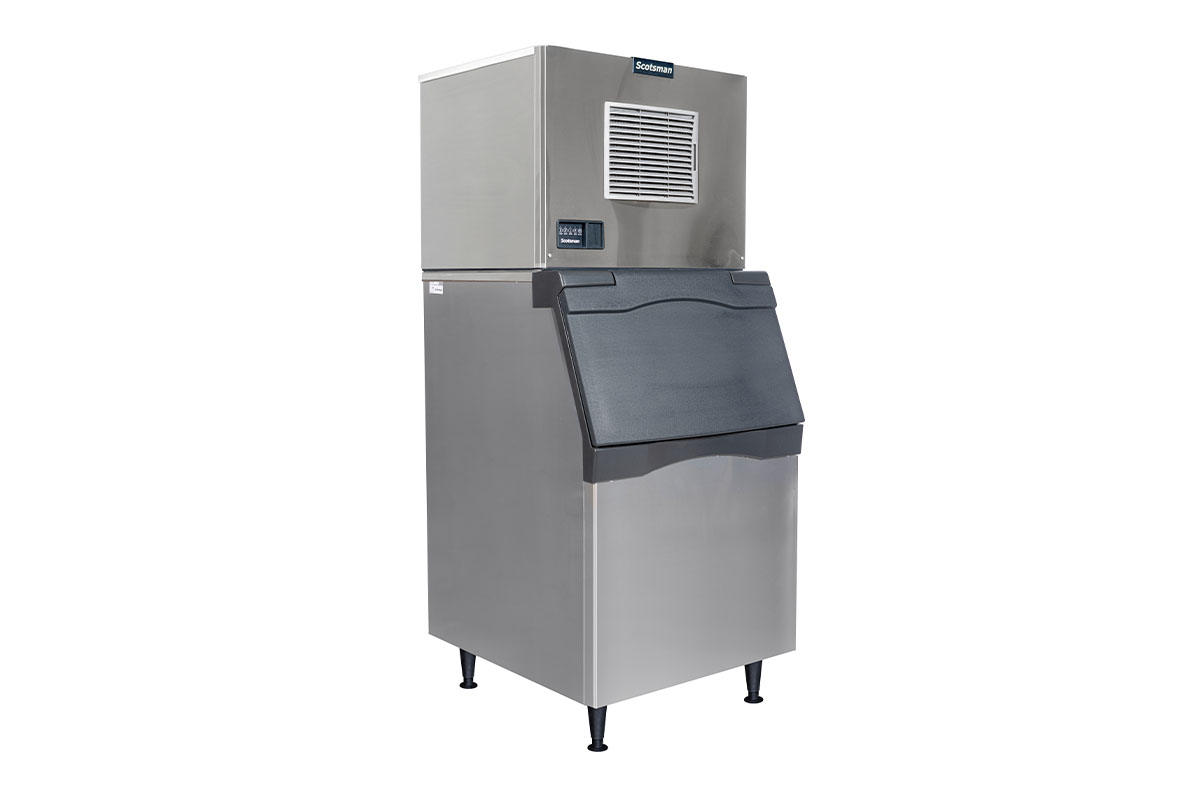
Scotsman
Model: Prodigy Elite MC0530
Dimensions: 30-in.W x 24-in.D x 23-in.H
Details: Remove external air filters without tools to help keep production (up to 525 lb. per day, depending on condenser choice) and efficiency on pace. Red and green indicator lights, informed by internal sensors, keep you in the loop on unit health. Gain more insight into your machine by downloading the maker’s app, which launched last May.
Website: scotsman-ice.com
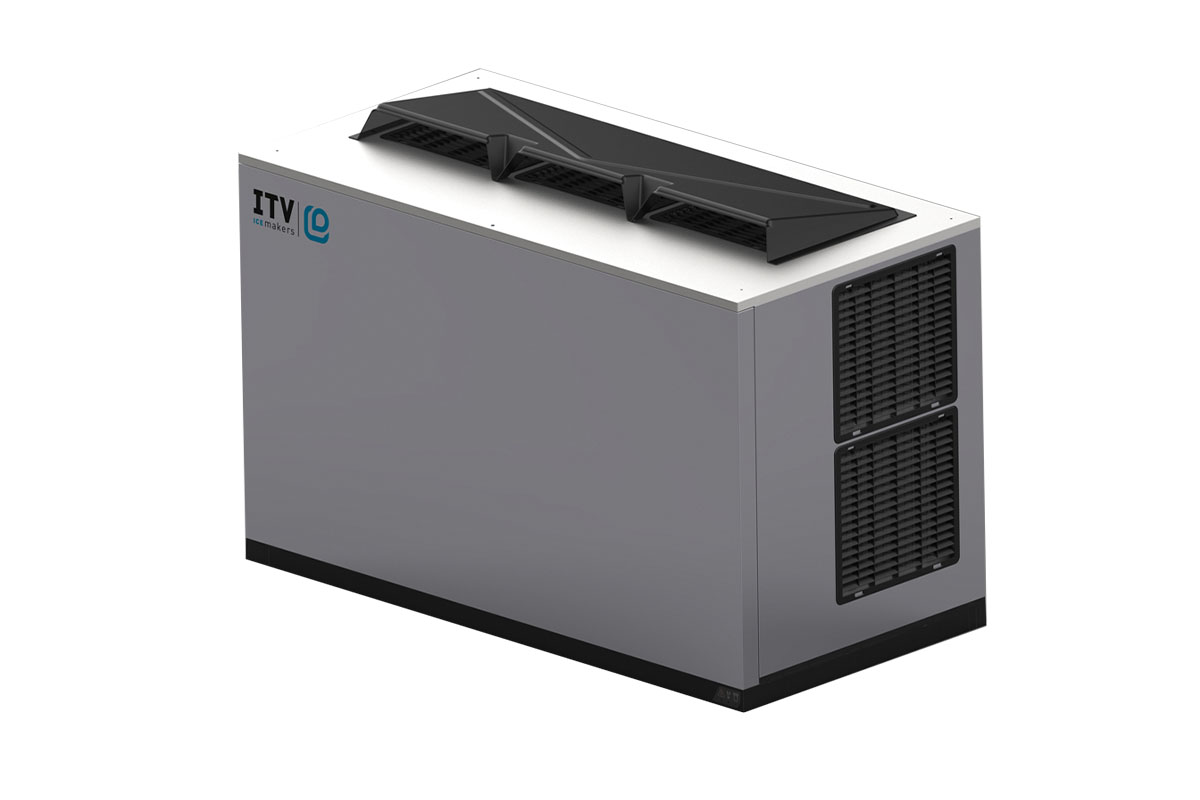
ITV Ice Makers
Model: Spika MS1800
Dimensions: 48-in.W x 25-in.D x 30-in.H
Details: Make over 1,800 lb. of ice a day, with half or full cube options formed in a vertical, high-efficiency evaporator. Stay in tune on machine performance through a smart electronic board, and easily maintain the unit using a screwdriver to remove panels.
Website: itvice.com
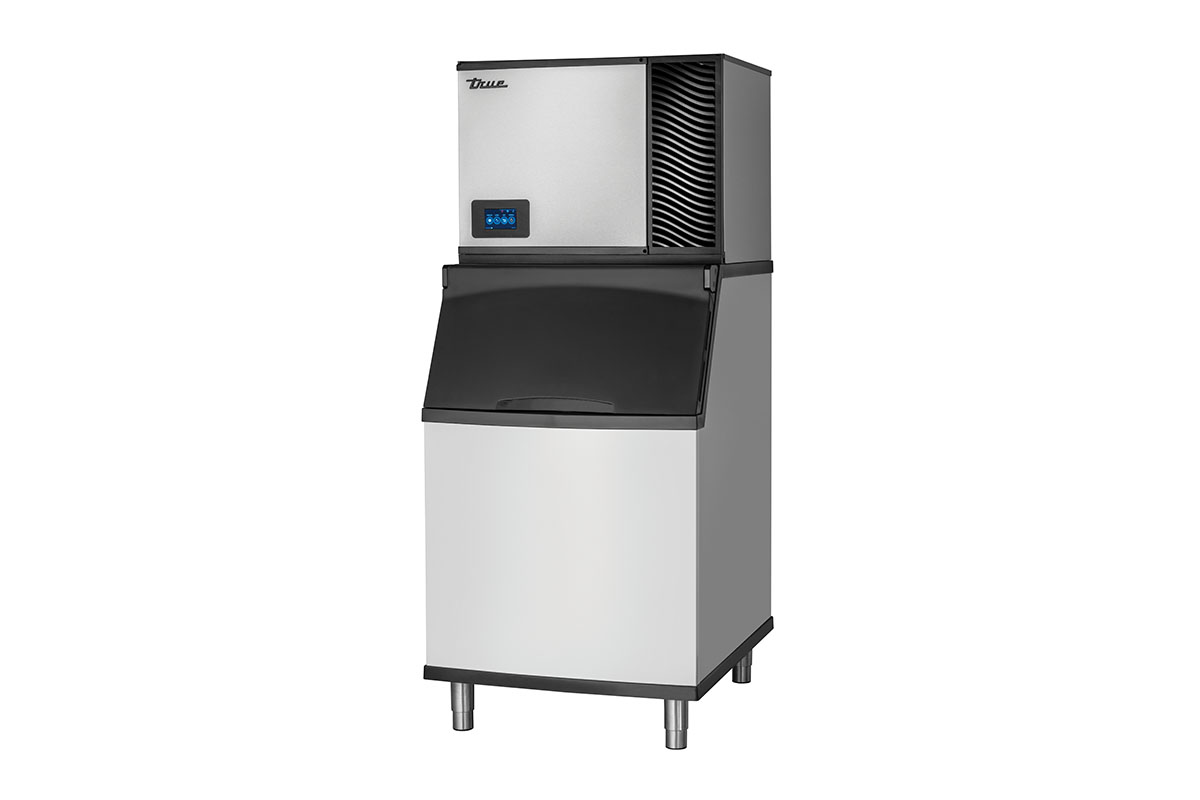
True Mfg.
Model: TCIM-630-HA1-A
Dimensions: 30-in.W x 24-in.D x 22-in.H
Details: Make up to 630 lb. of ice per day with this air-cooled unit featuring R-290 refrigerant. A fully sealed evaporator aids in cleanliness. The unit’s insulation unlocks increased ice production and efficiency, with an Energy Star rating of 3.95 kWh/100 lb.
Website: truemfg.com
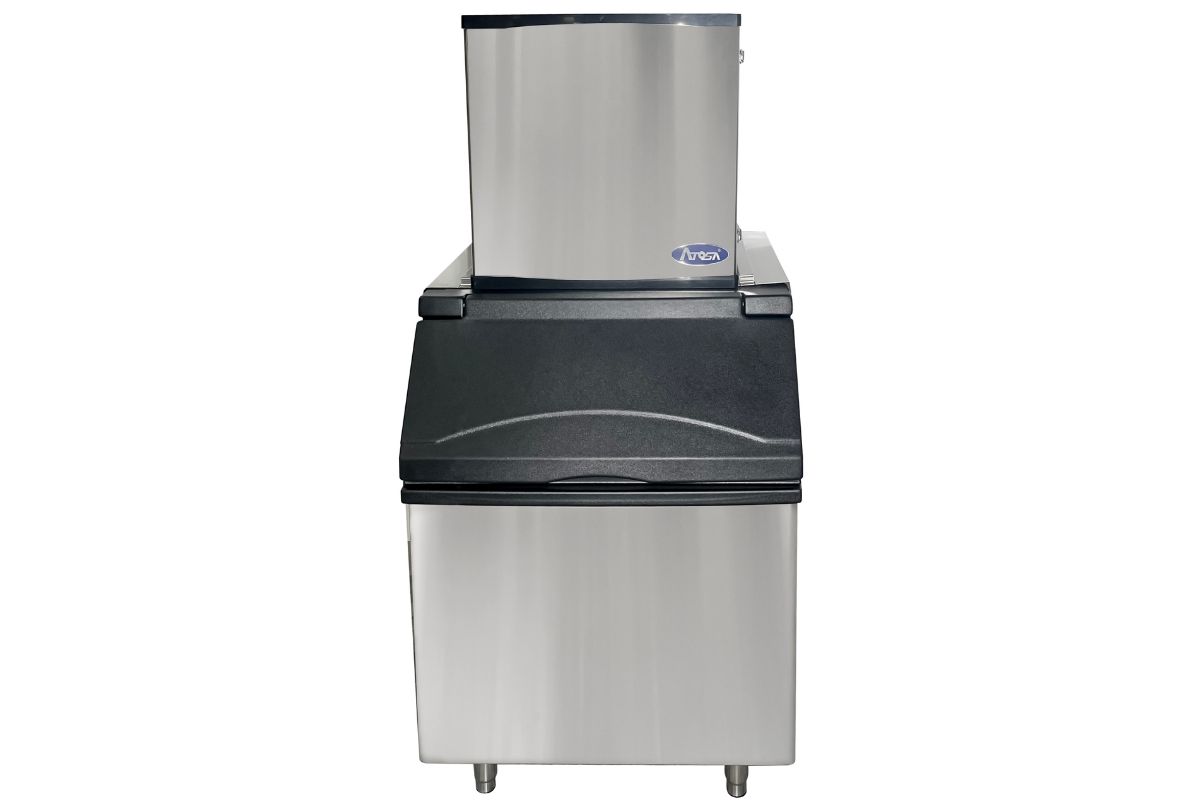
Atosa USA
Model: YR450S
Dimensions: 22-in.W x 23 1/2-in.D x 22-in.H
Details: This air-cooled cuber is designed for use with beverage dispensers or with the maker’s 400-lb. bin, CYR400P (as pictured, which brings the unit to an overall height of 70 inches). The model uses R-290 refrigerant, has a removable air filter and comes standard with a 3M water filter system.
Website: atosausa.com
RELATED CONTENT
- Advertisement -
- Advertisement -
- Advertisement -
TRENDING NOW
- Advertisement -
- Advertisement -
- Advertisement -

